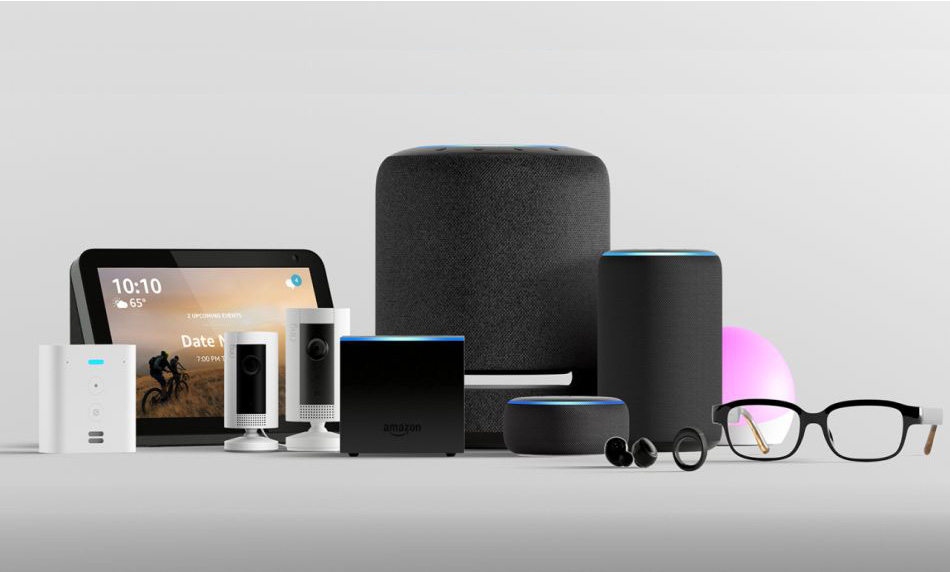
A Free Article To The Top Questions Answered On NFT’s. We Did The Work So You Do Not Have To.
Does the news leave you thinking, “Um… What's the deal with the blockchain and NFT’s?” That’s the feeling we have recently experienced while researching about the blockchain or about NFT’s and what they really are all about.
With sales of NFT’s selling for millions of dollars we took notice and dove deep down the rabbit hole of reddits and online documents to figure out just how this all works. After spending months researching and pouring hours upon hours. After researching videos, discord, twitter, youtube and some good old fashion online investigation we have built an easy guide so you can have all the answers you are looking for and assembly is not required.
Okay, let’s start with our top 9 most asked questions:
#1 What does NFT stand For?
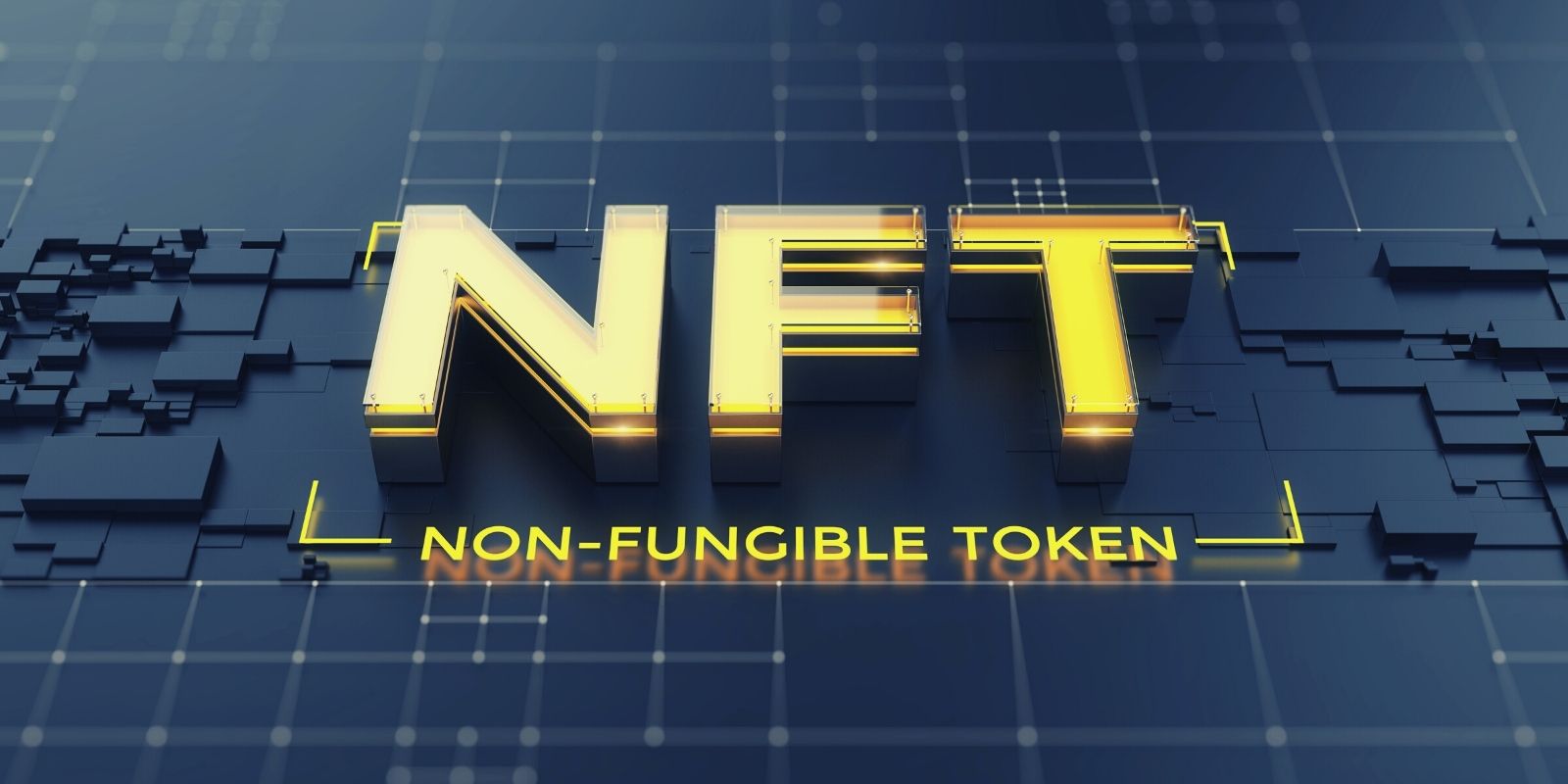
Non-fungible token. “Non-fungible” means that it is specifically unique and can’t be replaced with something else. For example, a bitcoin is fungible — trade one for another bitcoin, and you’ll have exactly the same thing. A one-of-a-kind digital artwork, however, is non-fungible. If you traded it for different art, you’d have something completely different.
#2 How do NFTs work?
NFTs are part of the Ethereum blockchain. Ethereum is a cryptocurrency, like bitcoin or litecoin, but its blockchain also supports these NFTs, which store extra information that makes them work differently from, say, an ETH coin. It is worth noting that other blockchains can implement their own versions of NFTs.
#3 What if I just copy/download the same file the person paid millions of dollars for?
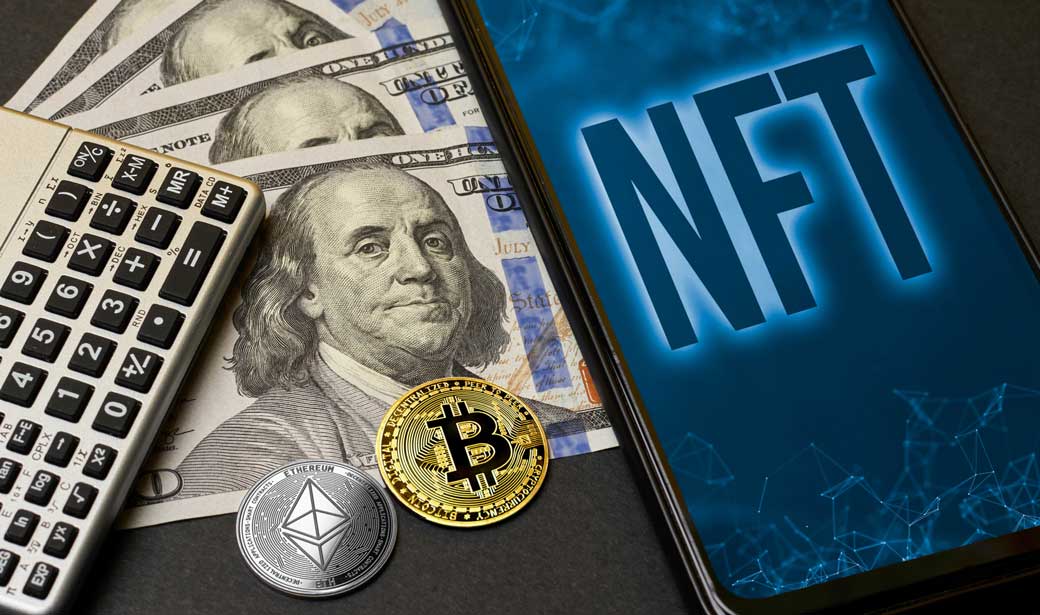
It sounds nice. But No you would not own that million dollar NFT, and here is where it gets kind of weird. You can copy a digital file as many times as you want, including the art that’s included with an NFT. But NFTs are designed to give you something that can’t be copied: ownership of the work (though the artist can still retain the copyright and reproduction rights, just like with physical artwork). To put it in terms of physical art collecting: anyone can buy a Picaso print. But only one person can own the original.
#4 What’s the point of NFTs?
That depends on whether you’re an artist or a buyer.
-
I’m an artist.
You might be interested in NFTs because it gives you a way to sell work that there otherwise might not be much of a market for. Also, NFTs have a feature that you can enable that will pay you a percentage every time the NFT is sold or changes hands, making sure that if your work becomes popular and balloons in value, you’ll see some of that benefit.
-
I’m a buyer.
One of the obvious benefits of buying art is it lets you financially support artists you like, and that’s true with NFTs. Buying an NFT also usually gets you usage rights, like being able to post the image online or set it as your profile picture. Plus, of course, there are bragging rights that you own the art, with a blockchain entry to back it up. Some NFT’s have unlockable features which could be a huge selling point because well rarity and sacristy.
-
Really, I’m a collector.
NFTs can work like any other speculative asset, where you buy it and hope that the value of it goes up one day, so you can sell it for a profit.
#5 What are NFT communities?

People have long built communities based on things they own, and now it’s happening with NFTs. One community that's been very popular revolves around a collection of NFTs called The Board Ape Yacht Club. Of course, the communal activities depend on the community. For Bored Ape owners, it seems to involve vibing and sharing memes on Discord, or complimenting each other on their Bored Ape Twitter avatars.
#6 So every NFT is unique?
In the technical sense, every NFT is a unique token on the blockchain. But while it could be like a Picaso, where there’s only one definitive actual version, it could also be like a print of Picaso’s art, where there’s 50 or hundreds of numbered copies of the same artwork.
#7 Who would pay hundreds of thousands for what basically amounts to a JPEG?
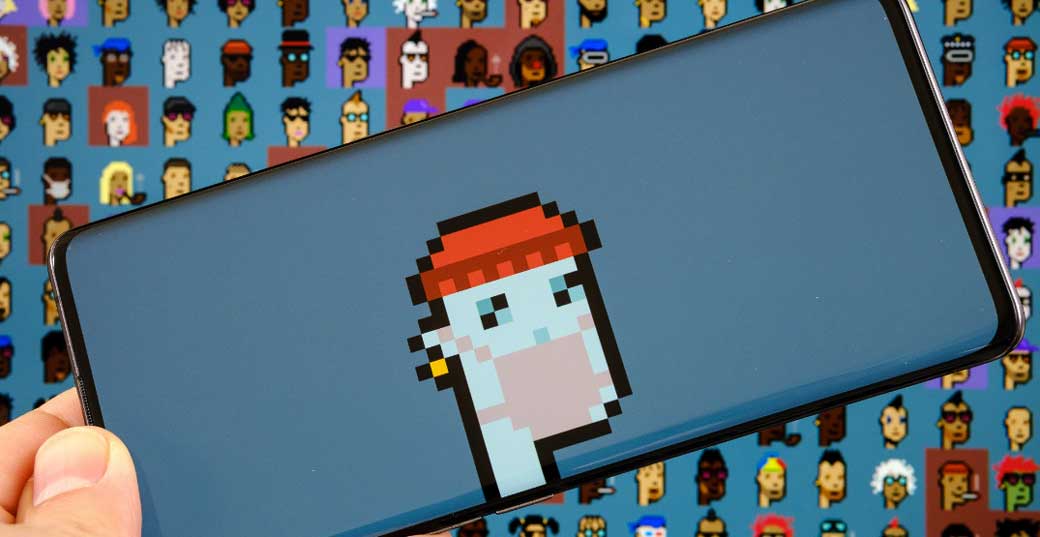
Well, that’s part of what makes NFTs so messy. Some people treat them like they’re the future of fine art collecting (read: as a playground for the mega-rich), and some people treat them like Pokémon cards (where they’re accessible to normal people but also a playground for the mega-rich)
#8 Are NFTs mainstream now?
If you’re asking if, say, the average consumer owns one, the answer is no. But we have seen big brands and celebrities like Marvel and Wayne Gretzky launch their own NFTs, which seem to be aimed at more traditional collectors, rather than crypto-enthusiasts. While I don’t think I’d call NFTs “mainstream” in the way that smartphones are mainstream, or Star Wars is mainstream, they do seem to have, at least to some extent, shown some staying power even outside of the crypto world.
#9 What are CryptoKittens?
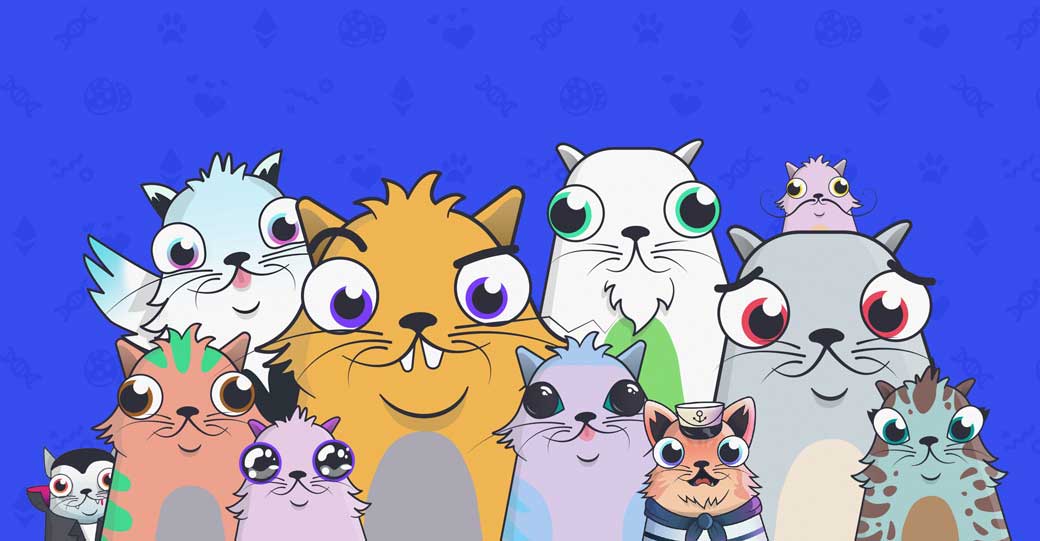
NFTs really became technically possible when the Ethereum blockchain added support for them as part of a new standard. Of course, one of the first uses was a game called CryptoKitties that allowed users to trade and sell virtual kittens.
In conclusion we here at ERI Of California have an interest in what the next generation is doing, and it certainly does seem like some of them have been experimenting with NFTs. An 18 year-old who goes by the name FEWOCiOUS says that his NFT drops have netted over $17 million — though obviously most haven’t had the same success. The New York Times talked to a few teens in the NFC space, and some said they used NFTs as a way to get used to working on a project with a team, or to just earn some spending money. Always do your own research and understand everything has risks.
We hope we have made your journey to understanding NFTs much easier. Cheers to your new found knowledge.

